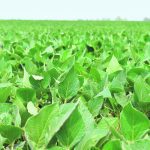Researchers study the effect of boosting photosynthetic processes at the canopy level and if it could increase yields
Photosynthesis is the process by which plants absorb sunlight, water and carbon dioxide and convert them to oxygen and energy in the form of sugar. It gives plants the means to grow and produce food. A team of scientists from the University of Illinois has modelled a way to improve photosynthesis and increase soybean growth […] Read moreStories by Margaret Evans

Sunflower pollen linked to bumble bee health
Researchers have determined that the tiny spines on sunflower pollen grains significantly reduce parasite infection
Sunflowers, along with more than 180,000 different plant species and more than 1,200 crops, rely on insect pollinators that contribute more than $200 billion in annual ecosystem services globally. At the dinner table, one-third of our food is thanks to the role of pollinating insects.
Gene discovered that plays role in triggering fruit growth
Researchers say it’s important to understand this fertilization process because many food crops are derived from flowers
“Understanding this process (of fertilization) is especially important because common food crops such as peanuts, corn, rice and strawberries are all derived from flowers,” said Zhongchi Liu, professor in the department of cell biology and molecular genetics. “Knowing how plants decide to turn part of their flowers into fruit and seed is crucial to agriculture and our food supply.”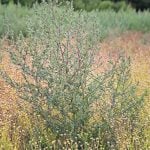
Failed antibiotic repurposed as successful herbicide
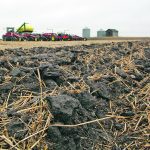
Soil microbes can influence ‘forever chemicals’
Some types of chemicals can leach from fertilizers made from recycled waste with the help of microbial decomposition
The problem with forever chemicals is exactly that — they don’t go away and they persist in the environment. Now, researchers at Drexel University in Philadelphia have found that soil microbes appear to support the release of these chemicals, known as per- and polyfluoroalkyl substances (PFAS), into the environment and across croplands. “What happens is […] Read more
Hardy saltwater grass may unlock crop yields
Learning how seashore paspalum grows under stressful conditions may lead to crops that yield more with less fertilizer
Scientists at the University of Nebraska-Lincoln have researched the grass species seashore paspalum’s genome and gene expression to learn how it can grow so efficiently in such stressful conditions. The results offer opportunities to grow crops that yield more food with less fertilizer.
Plants can shed light on how best to clean wastewater
The inner workings of plants at the molecular level help better understand how to extract resources from wastewater
If the minerals, metals and nutrient resources in wastewater could be extracted in a pure form, they would be invaluable for use in other industries such as agriculture, aquaculture, battery recycling and desalination.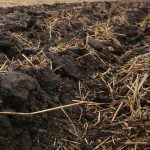
Research underscores microbe value in storing soil carbon
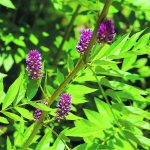
Licorice leaf extract holds promise as a natural fungicide
University and industry research team is searching for biocontrol alternatives to chemical crop protection products
Researchers with the Federal Research Centre for Cultivated Plants (JKI) in Darmstadt, Germany, and Trifolio-M GmbH in Lahnau, Germany, a biological pest control company, recently showed that some licorice varieties can improve plant tolerance against biotic stressors, such as fungi.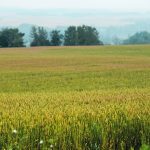
Research identifies fungal toxin threat to wheat
Fusarium has been found across Europe with half the wheat intended for human consumption containing vomitoxin
Researchers examined data from across Europe and the U.K. from the past 10 years and found that fusarium mycotoxins were discovered in every European country with half of the wheat intended for human consumption containing the fusarium mycotoxin DON (often referred to as vomitoxin).
